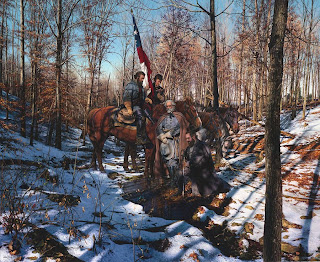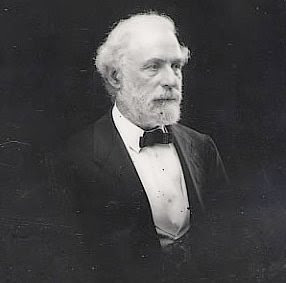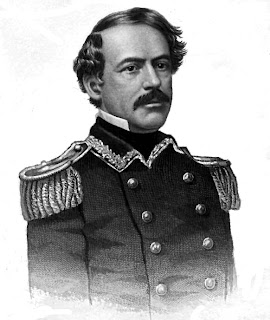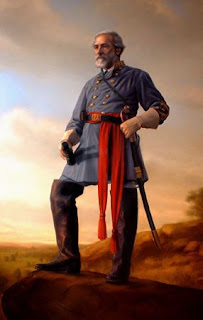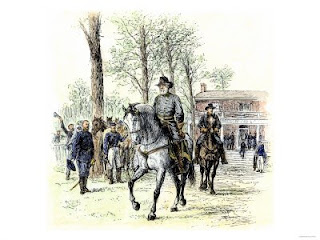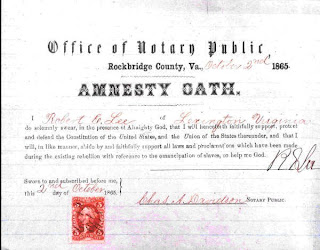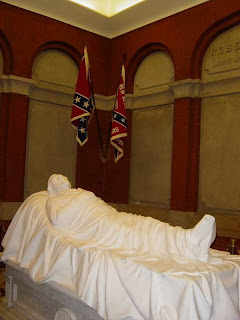Ever since time began and people showed up, they have been trying to figure out how much they win based on the odds.
I mean, if the odds were ten to one that Moses dropped the Ten Commandments, then how much did you win?
So here is exactly what you will win if you bet $2.00 on a horse to win the Kentucky Derby.
ODDS
|
PAYS
|
ODDS
|
PAYS
|
ODDS
|
PAYS
| ||
1-5
|
$2.40
|
8-5
|
$5.20
|
6-1
|
$14.00
| ||
2-5
|
$2.80
|
9-5
|
$5.60
|
7-1
|
$16.00
| ||
1-2
|
$3.00
|
2-1
|
$6.00
|
8-1
|
$18.00
| ||
3-5
|
$3.20
|
5-2
|
$7.00
|
9-1
|
$20.00
| ||
4-5
|
$3.60
|
3-1
|
$8.00
|
10-1
|
$22.00
| ||
1-1
|
$4.00
|
7-2
|
$9.00
|
15-1
|
$32.00
| ||
6-5
|
$4.40
|
4-1
|
$10.00
|
20-1
|
$42.00
| ||
7-5
|
$4.80
|
9-2
|
$11.00
|
30-1
|
$62.00
| ||
3-2
|
$5.00
|
5-1
|
$12.00
|
50-1
|
$102.00
.
|
For those of you into deep-diving into the facts behind the facts, here is the rest of the story.
Fractional Odds Explained
Let’s finally move
onto fractional odds, which are most common in the UK, as well as horseracing.
These are the funny-looking odds – like 9/5 or
1/2 – that you see when you flip on the Kentucky Derby
These are the
funny-looking odds—like 9/5 or 1/2—that you see when you flip on the Kentucky
Derby. The first thing to know is that, if you want to say fractional
odds, like 9/5 or 1/2, aloud, you would say “nine to five” or “one to two.”
The number on the left
(9) dictates how many times the relevant outcome could fail; whereas the number
on the right (5) tells us how many times the outcome would succeed.
Fractional Odds in Action
Let’s say Golovkin
hypothetically receives the 8/13 odds. These odds mean that, if this fight
happened 21 times (8 + 13), Golovkin would lose 8 bouts and win 13.
To calculate the
implied probability of Golovkin winning the fight, take the number of times he
is expected to win (13) and divide it by the total number of trials (21). This
results in a 61.9% chance for Golovkin to win the fight.
The formula, plus what
it looks like after we input Golovkin’s odds:
To calculate Alvarez’s
probability of winning the match, we do the same thing. Let’s say,
hypothetically, odds are 11/8, meaning if the fight happened 19 times (11 + 8),
Alvarez would lose 11 times and win 8 times.
Therefore, the
probability of Alvarez winning the fight is calculated by dividing 8 (the
number of times he would win) by 19 (the total number of trials). Alvarez has a
42.1% chance of winning the fight.
Our formula would look
like this:
Remember what we said
earlier about the “juice” or the “vig”? This is the cut the bookmakers take. It
means that that the implied probabilities of both outcomes added together is
going to be greater than 100%.
We haven’t even
factored in the probability of a draw yet, and the sum of the probabilities is
already over 100% (61.9 + 42.1 = 104). You’ve got to pay to play,
unfortunately.
If you want to bet on
Golovkin to win the fight (8/13 odds), your winnings are calculated by
multiplying your wager by the quotient of 8 ÷ 13 (0.615). If you wish to bet
$10, then your winnings will be $6.15 (10 x 0.615). That number is added to
your wager (your “return” or how much money you receive back). In this case,
you’ll receive $16.15 back ($10 + $6.15).
Here’s what the
formula looks like, plus what it would look like after we input Golovkin’s
odds:
If you want to bet
your $10 on Alvarez, multiply that sum by the quotient of 11 ÷ 8 (1.375). Your
winnings would be $13.75 ($10 x 1.375).
Your return would be
$23.75 ($10 initial stake + your winnings of $13.75). Below is how to solve
that using the formula.
There is a greater
payout when betting on Alvarez, the “underdog” in this fight. Betting on
underdogs in any sport typically allows you to risk less in order to win more.
Remember, however, that there’s a reason they are the underdog, whether it’s a
rookie season, there’s been a recent injury, or they face serious competition.
If you side with
Golovkin, the “favorite,” you’ll need to risk more to get the same return.
Let’s See What You’ve Learned
Just like we did with
American odds, use the formulae you’ve learned (and the fractional odds below)
to answer the following questions:
·
Probability of Real
Madrid Winning:
·
Probability of a Draw:
·
Probability of Juventus
Winning:
·
Winnings if betting
$10 on Real Madrid:
·
Return if betting $10
on Real Madrid:
·
Winnings if betting
$10 on a Draw:
·
Return if betting $10
on a Draw:
·
Winnings if betting
$10 on Juventus:
·
Return if betting $10
on Juventus:
Answers (all percentages are rounded to one
decimal place):
·
Probability of Real
Madrid Winning: 36.4%
·
Probability of a Draw:
31.3%
·
Probability of
Juventus Winning: 35.7%
·
Winnings if betting
$10 on Real Madrid: $17.50
·
Return if betting $10
on Real Madrid: $27.50
·
Winnings if betting
$10 on a Draw: $22.00
·
Return if betting $10
on a Draw: $32.00
·
Winnings if betting
$10 on Juventus: $18.00
·
Return if betting $10
on Juventus: $28.00
















